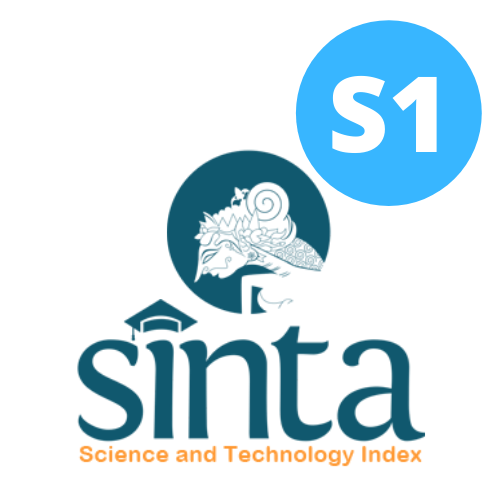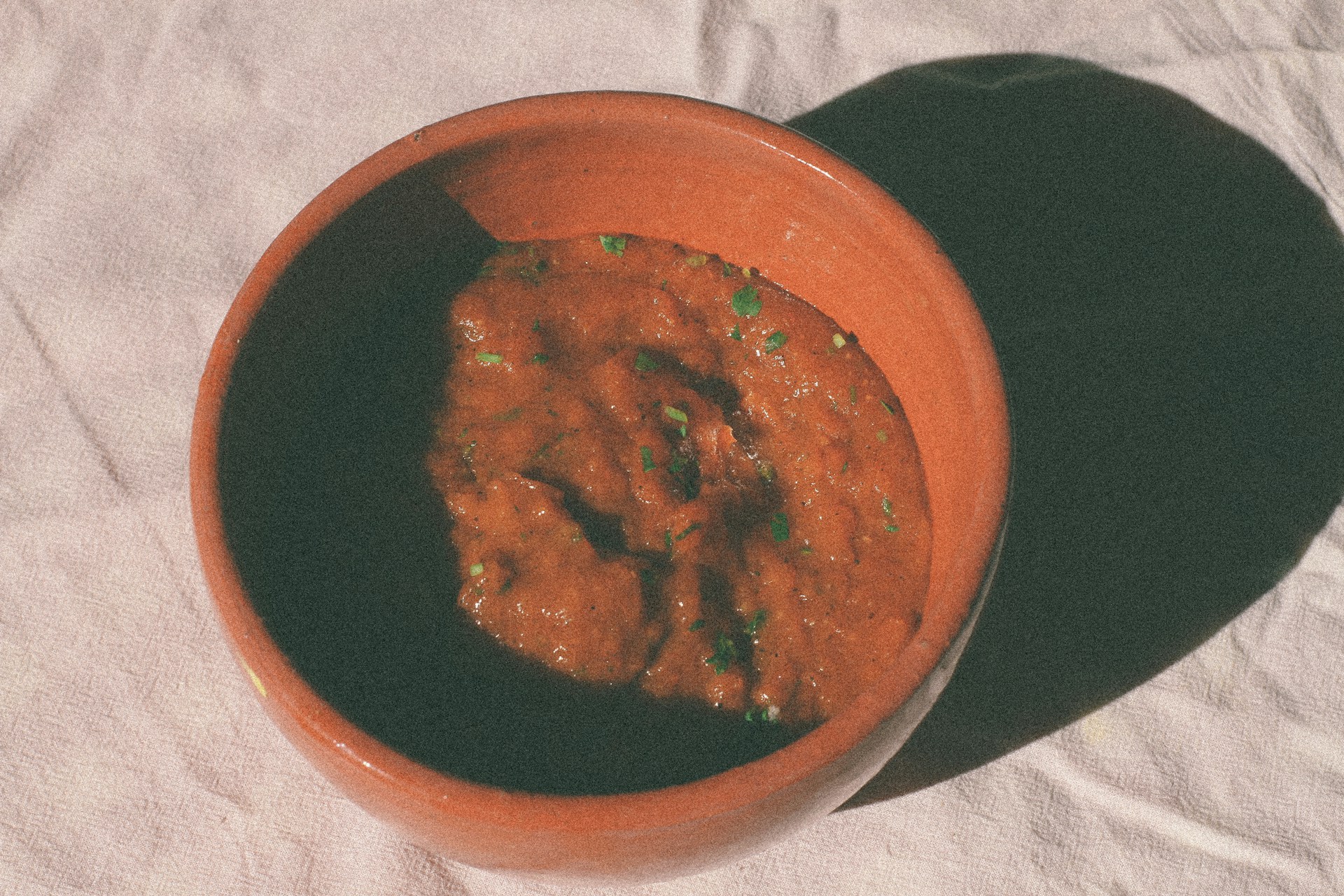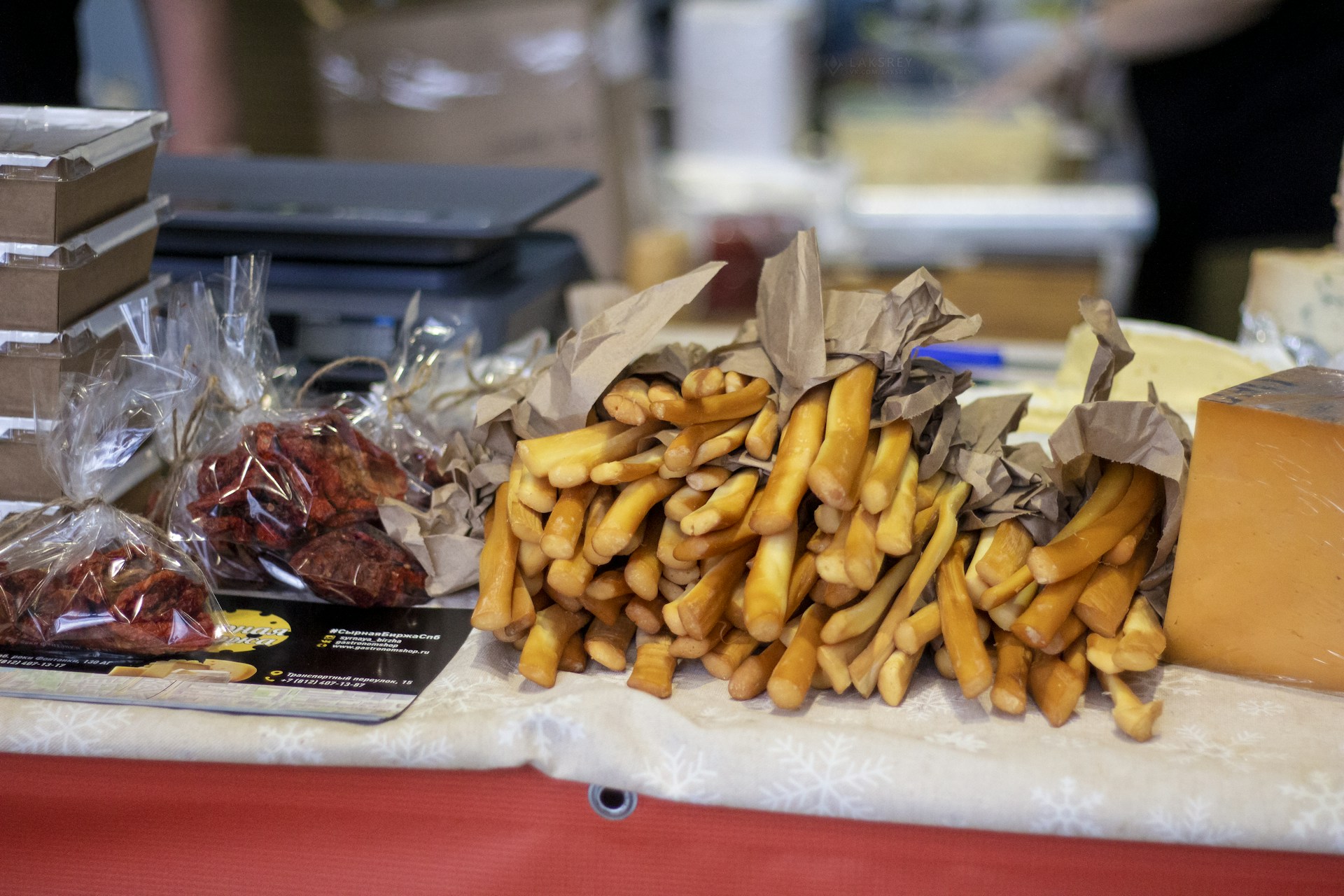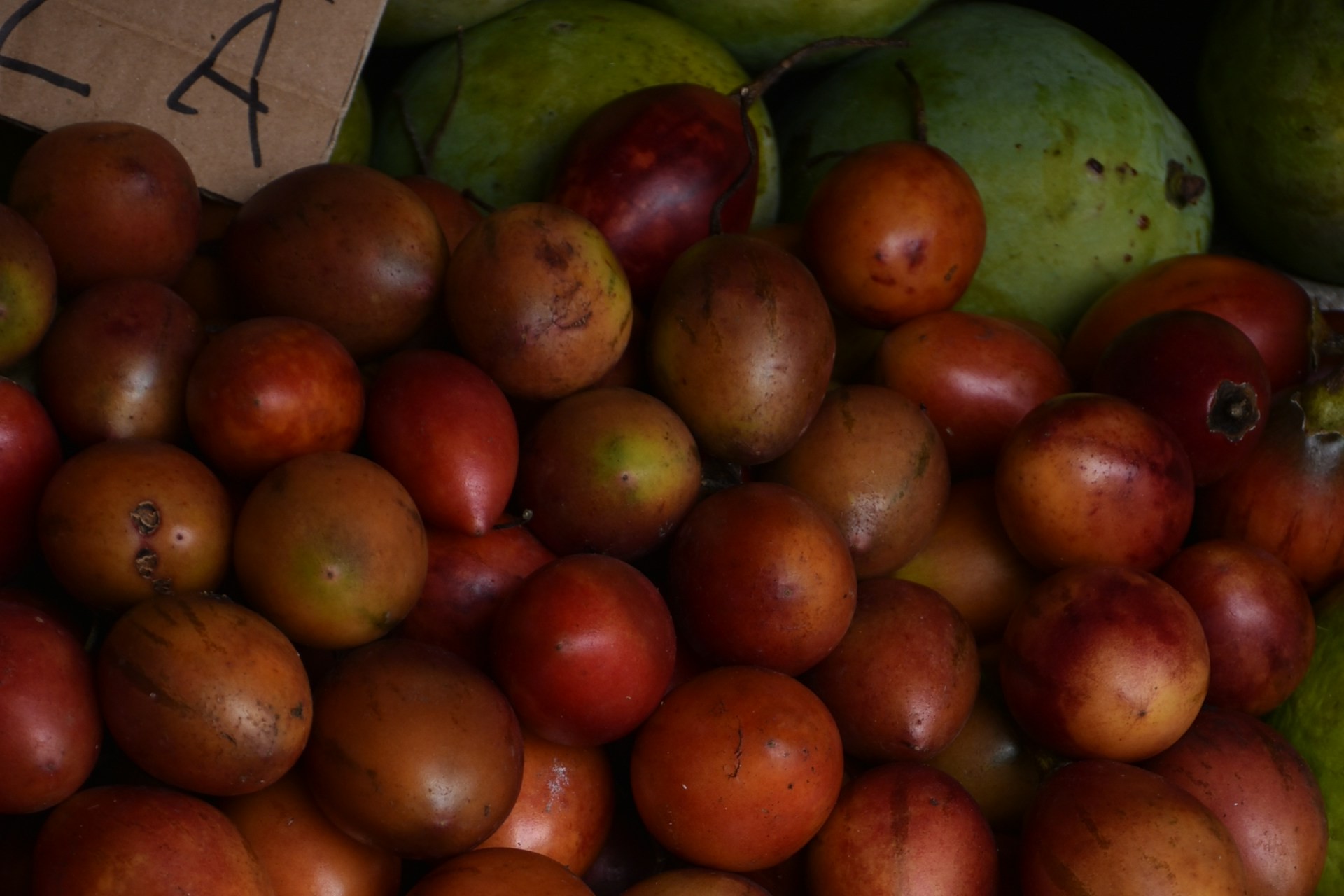Microbiological Properties, Dietary Fiber, and Nutritional Content of Fluidized Bed - Dried Local Legumes and Salak Yogurt Powder
Background: The challenge in making yoghurt powder is that a drying technology is needed to maintain the probiotics in the product. Now, drying technologies of yoghurt powder to extend shelf life are still difficult to adopt in small-micro enterprises (SME). A simple technology, a fluidized bed dryer, could be introduced to make yoghurt powder from local legumes and salak.
Objectives: to analyze the amount of lactic acid bacteria (LAB), dietary fiber, and nutritional content in local legumes and salak powder that it processed with a fluidized bed dryer.
Methods: The research was an experimental design with 4 treatments. The treatments were mungbean (MYP), Garut red bean (RYP), Manonjaya Salak - mungbean (MS-MYP), and Manonjaya Salak - Garut redbean yoghurt powder (MS-MYP). Parameters in the research were microbiological properties, dietary content, and other nutritional content. The measured microbiological properties were the amount of lactic acid bacteria (LAB). Measured other nutritional content were calories, ash, moisture, carbohydrate, fat, protein, sugar, cholesterol, sodium, zinc, iron, and calcium.
Results: All of the yoghurt powder was an amount of LAB above the value of Indonesia National Standard (INS), i.e., 8 x 108 – 1 x 1010 cfu/g. The dietary fiber content in yoghurt powder was higher in products that added Manonjaya salak flour. Total ash, iron, and calcium were higher in peanut yoghurt with the addition of salak flour. However, the sodium content was lower in peanut yoghurt which contains snake fruit flour. The content of other nutrients was relatively the same as legume yoghurt with or without salak flour added.
Conclusions: Local legume yoghurt powder added with salak flour has a higher content of lactic acid bacteria and dietary fiber than just beans alone. Total ash, especially iron and calcium, has a higher content in peanut yoghurt with added salak flour than legume yoghurt alone.
Sumarto, Radiati, A. & Nuraeni, I. Physical and Organoleptic Properties of Freeze-dried Local Beans and Salak Yogurt Powder. J. Trop. Life Sci. 13, 311–318 (2023).
B. Sunitha, J. Naga Bhavya, G. Arvind & Sk. Farzana, K. Anusha. Production of Powdered Yoghurt by Spray Drying. Int. J. Eng. Res. V5, 668–678 (2016).
Al-Safi, N. A., & Al-Tamimi, H. A. Production and characterization of legume-based yoghurt. Journal of Food Science and Technology, 53(1), 1-7 (2016).
Kaur, I., & Sandhu, K. Legumes: A potential source of plant-based proteins. Food Science and Technology International, 23(4), 307-319 (2017).
Park, S. H., & Kim, M. Y. Fermented legume products: A review of their nutritional and functional properties. Comprehensive Reviews in Food Science and Food Safety, 17(1), 180-193 (2018).
Sumarto, S., Aprianty, D., Bachtiar, H. R. A. B. & Kristiana, L. Upaya Penyelamatan Salak Manonjaya, Tasikmalaya Melalui Pembuatan Tepung Sebagai Bahan Baku Produk Pangan Bernilai Gizi. in Seminar Nasional Membangun Ketahanan Pangan Melalui Pemberdayaan Komoditas Lokal 16–22 (Unpad Press, Bandung, 2016).
Senapati, A. et al. Fluidized bed drying of food: A review. e-planet 19, 25–30 (2021).
Baker, J., & Kroll, D. Heat Transfer Efficiency in Fluidized Bed Dryers: Implications for Probiotic Retention. Journal of Food Processing and Preservation, 45(6), e15431(2021).
Dos Santos, G., Nogueira, R. I. & Rosenthal, A. Powdered yoghurt produced by spray drying and freeze drying: A review. Brazilian J. Food Technol. 21, (2018).
Irmawan, R. F. Kualitas Yoghurt Kacang Hijau dengan Variasi Penambahan Pisang Ambon sebagai Prebiotik. (Universitas Gadjah Mada, 2017).
Jensen, P. R., Hansen, A. M., & Clausen, S. D. Viability of Probiotics in Yogurt Powders Produced Using Fluidized Bed Drying. Food Science and Technology International, 26(8), 678–685 (2020).
Sharma, T., Bansal, V., & Singh, A. (2019). "Retention of Nutritional and Functional Properties in Yogurt Powder Dried Using Fluidized Bed Technology." International Dairy Journal, 98, 95-102
Badan Standardisasi Nasional Indonesia. Standar Nasional Indonesia 2981:2009 Yogurt. (2009).
Pratiwi, I. S. E., Darusman, F., Shalannandia, W. A. & Lantika, U. A. Review: peranan probiotik dalam yogurt sebagai pangan fungsional terhadap kesehatan manusia. Pros. Farm. 6, 1119–1124 (2020).
Sari, S. M., Ningsih, A. W., Anwaril, F. & Nurrosyidah, I. H. Characterstic And Inhibitory Activity Of Green And Red Beans Yoghurt Enriched With Honey Against Methicillin-Resistant Staphylococcus Aureus. Berk. Ilm. Kim. Farm. 8, 20 (2021).
Sanders, M. E. Probiotics in human health. Journal of Nutrition, 140(3), 355-361 (2010).
Wang, Y., Zhang, S., & Li, J. Effect of Fruit Addition on the Nutritional Composition of Yogurt Powders. Journal of Food Science and Technology, 55(6), 2357-2365 (2018).
Singh, J., Patel, R., & Kumar, N. Legume-Based Functional Foods: Nutritional Properties and Health Benefits. Journal of Plant-Based Foods, 8(4), 216-225 (2020).
Kumar, A., & Patel, D. Energy Efficiency in Fluidized Bed Dryers for Yogurt Powder Production. Journal of Sustainable Food Systems, 18(3), 77-89 (2022).
Bansal, T., Chawla, R., & Sharma, S. Nutritional Value of Legume-Based Yogurt Powders. International Journal of Food Science and Nutrition, 70(3), 145-152 (2019).
Garcia-Perez, J. V., Mulet, A., & Carcel, J. A. Improving the Flowability of Dairy Powders Using Fluidized Bed Dryers. Powder Technology, 333, 22–28 (2018).
Copyright (c) 2025 Amerta Nutrition

This work is licensed under a Creative Commons Attribution-ShareAlike 4.0 International License.
AMERTA NUTR by Unair is licensed under a Creative Commons Attribution-ShareAlike 4.0 International License.
1. The journal allows the author to hold the copyright of the article without restrictions.
2. The journal allows the author(s) to retain publishing rights without restrictions
3. The legal formal aspect of journal publication accessibility refers to Creative Commons Attribution Share-Alike (CC BY-SA).
4. The Creative Commons Attribution Share-Alike (CC BY-SA) license allows re-distribution and re-use of a licensed work on the conditions that the creator is appropriately credited and that any derivative work is made available under "the same, similar or a compatible license”. Other than the conditions mentioned above, the editorial board is not responsible for copyright violation.








































